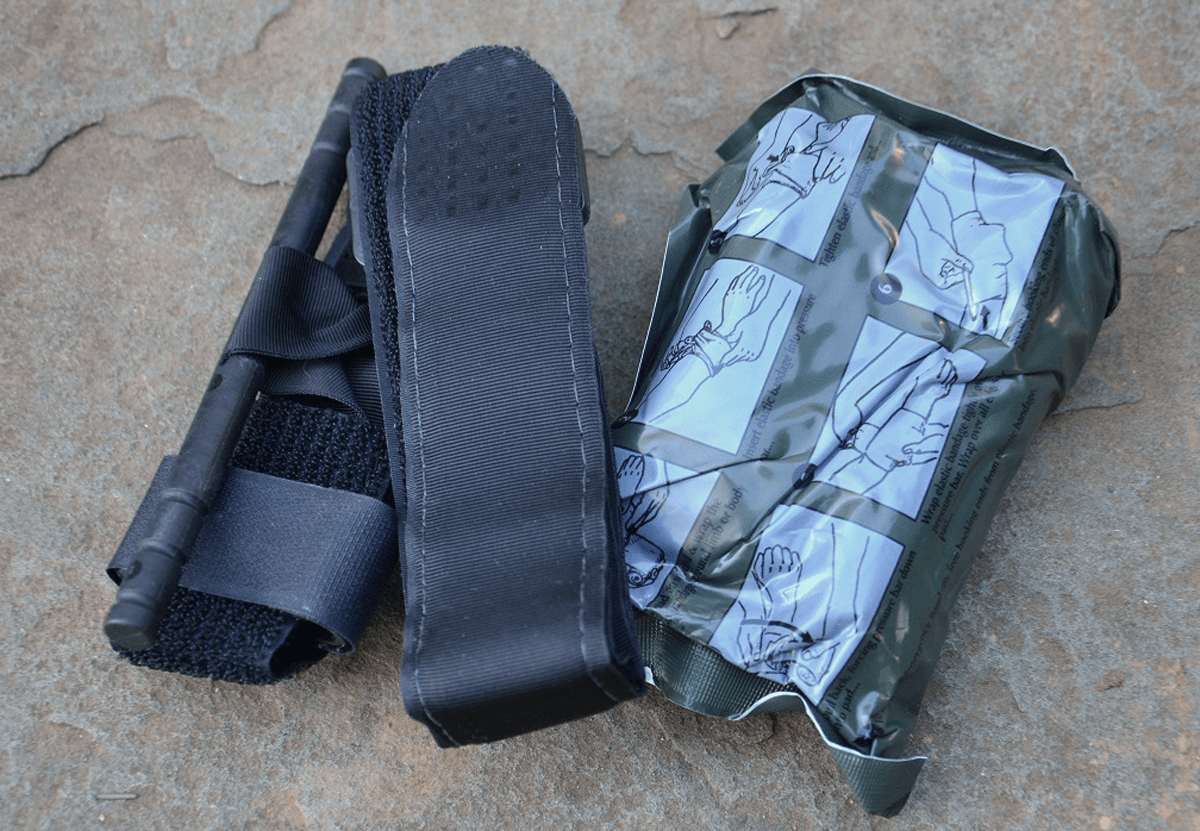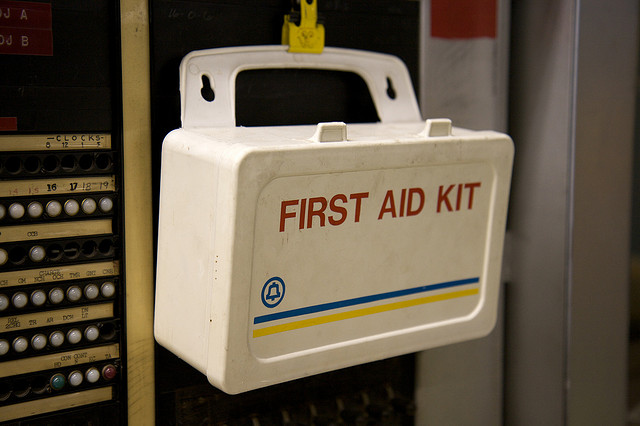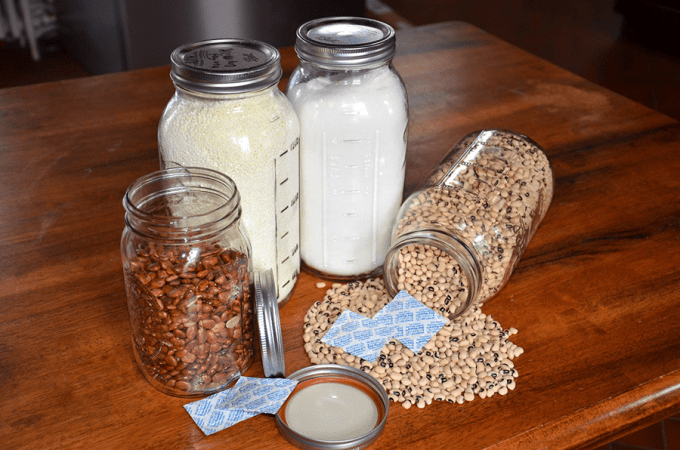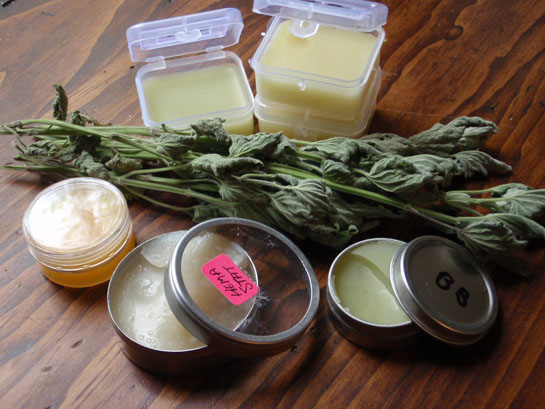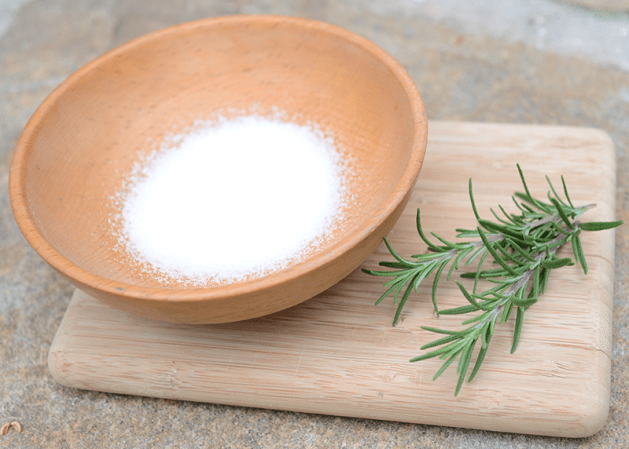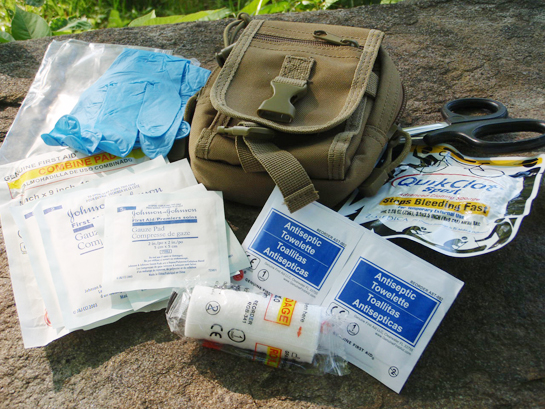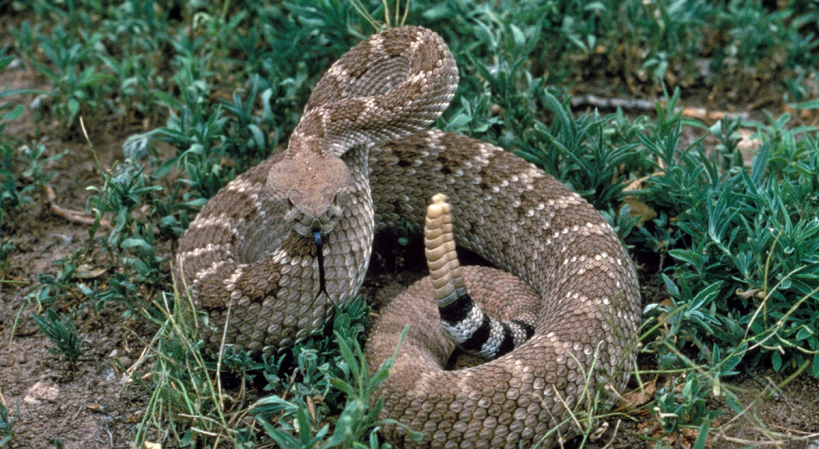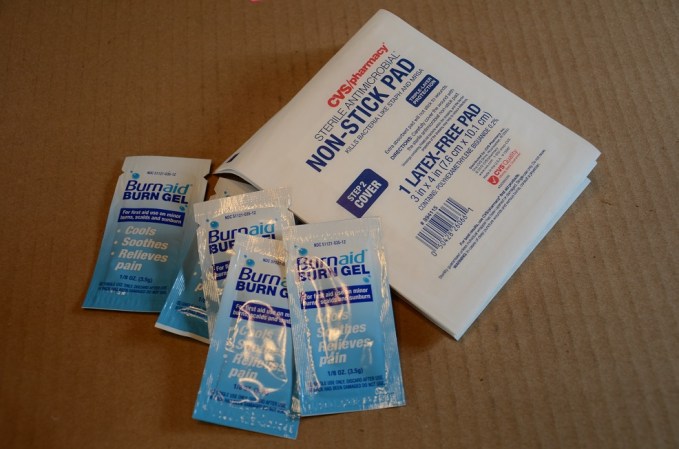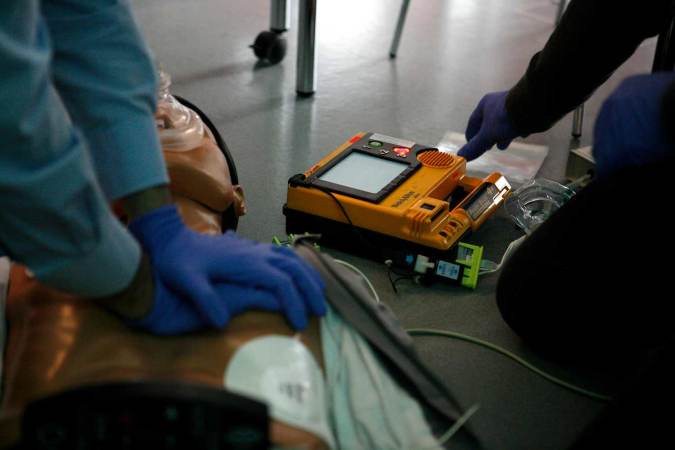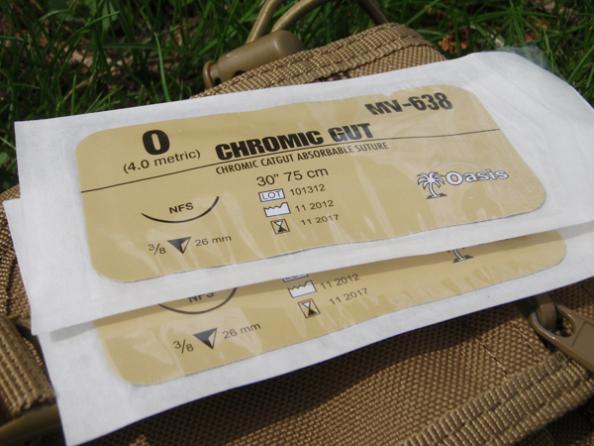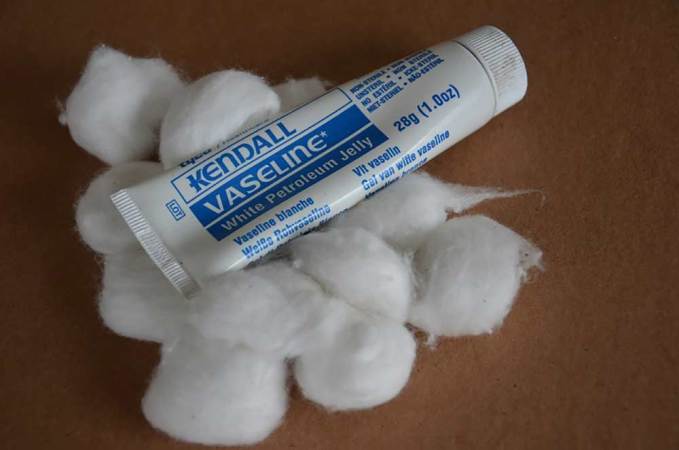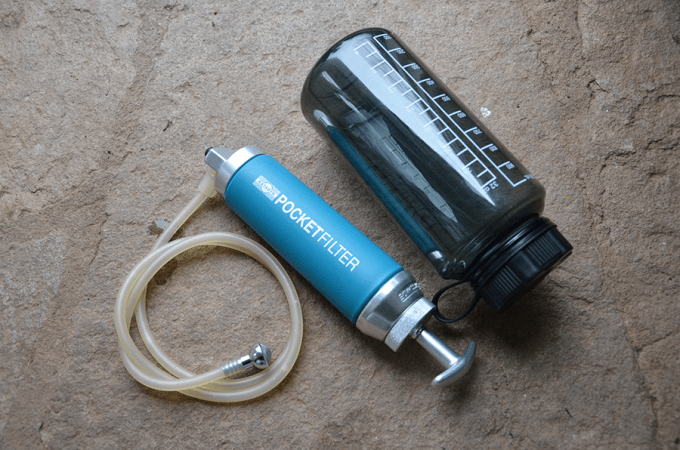An exsanguinating hemorrhage can be a deadly medical emergency, one that could kill in less than a minute. But with a quick response of the proper bleeding control techniques, it’s possible to stop further blood loss and potentially save a life. Grab a good first aid book, and study up on these three techniques.
Direct Pressure
This instinctive response is often the right response. Using a large dressing (or bare hand, if need be), apply heavy pressure to the wound. It’s best if there is a dressing over the wound, one that can be constricted, such as an Israeli bandage. It’s also helpful to elevate the wound, if it’s on an extremity. When flat direct pressure over the wound is not enough, try packing the wound with gauze. Wad up a ball of gauze and insert it into the wound, following the ball with as much gauze as you can pack. Then apply another flat dressing over the surface.
Pressure Points
This technique is always used as a supplement to direct pressure and wound packing. Learn where the femoral arteries and brachial arteries run (groin and inside center of upper arms), and learn how much pressure to apply. This is more like crimping off a garden hose than performing medicine, but the use of pressure points can help to stop the blood flow when used with pressure dressings.
Tourniquet
The tourniquet is a last-ditch method to save a life when the victim has an exsanguinating hemorrhage on a limb. Apply the tourniquet as high on the limb as possible, and crank down hard enough to stop the blood flow—no matter how much the victim screams. Write down the time you applied the tourniquet, ideally on the victim and rush them to modern medical care. Never remove a tourniquet in the field.
Do you carry the medical supplies (or have the know-how) to stop severe bleeding? Let us know by leaving a comment.
